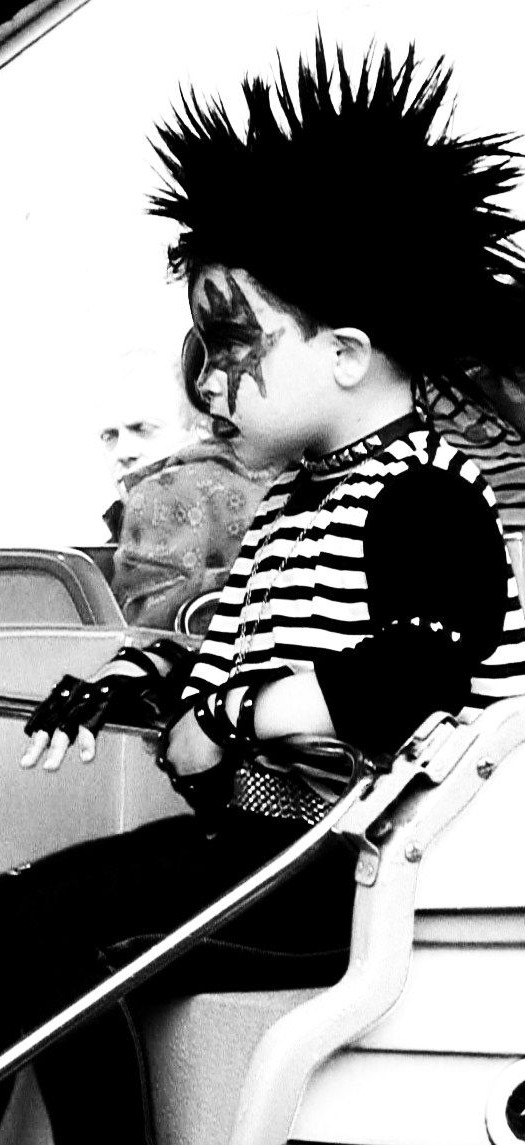John Solensten has published five novels, two short story collections, more than 30 individual short stories and memoirs and more than 90 poems. His plays have been produced by theaters in Minneapolis, St. Paul, Duluth and Oklahoma City.His first play Goodthunder won a national native American drama competition and his fiction has been awarded first place in the national AWP novel competition and the Minnesota Voices short fiction competition. His most recent novel, Buffalo Grass (2013), is based on Lakota legends of the white buffalo and the restoration of buffalo in the South Dakota prairie. He is currently completing a novel based on the life of Richard Harding Davis, the legendary Gibson Boy. He lives in Burnsville, Minnesota.
John, this chapter from The Gibson Boy, an American Hero provides an intriguing glimpse into high society during the fashionable Gay 90s, and to the idea of developing an iconic American ideal: Charles Dana Gibson’s depiction and actual discovery of “the real American Girl.” What led to your interest in portraying the period in novel form?
I had published on Davis’ fiction in various periodicals, but discovered he had not really dealt in any psychological depth with his capture by the Germans. His actual capture was of relatively short duration, but it provided, two years before his death in 1916, an opportunity for me to use my research to make this period a period of “reckoning” as he becomes more introspective during his “death walk.”




